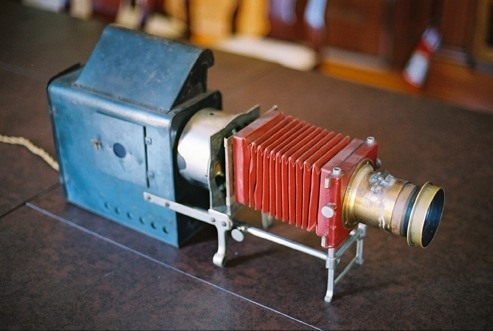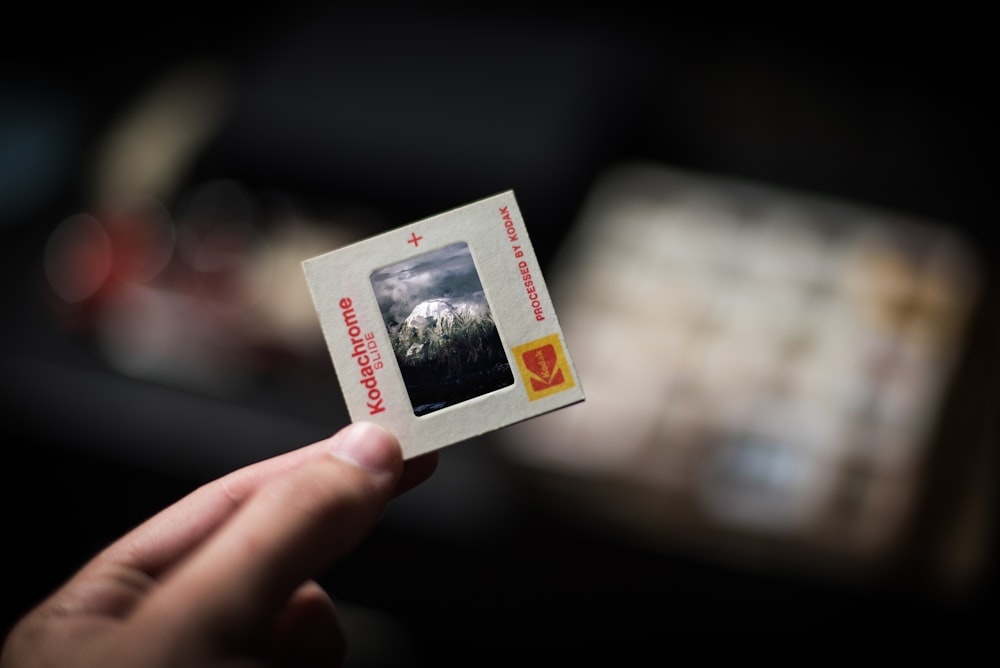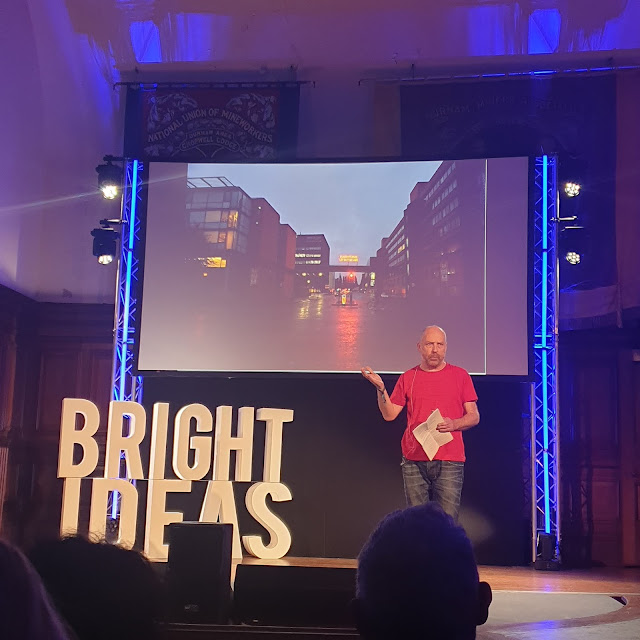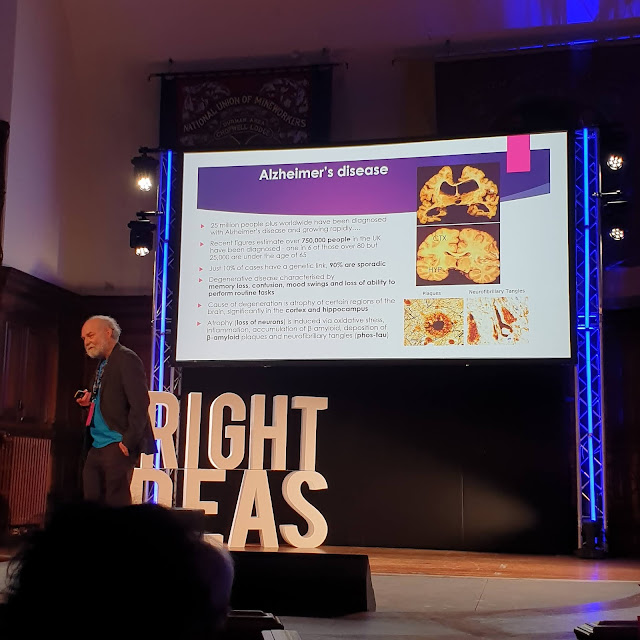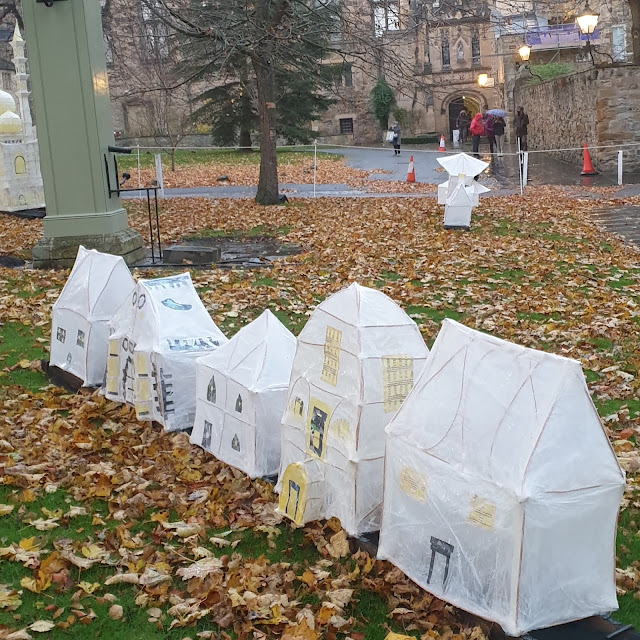 | |
|
Thirty seconds. The average time museum-goers spent in front of artworks. Have you wonder what paintings think of you? Since 1926, I have spent most of my time observing people. People from all around the world visit between 10 a.m. and 6 p.m. thrice weekly. In small groups or sometimes in droves together with a gallery guide. The code-switching between speakers, despite my ignorance, are music to my ears. If they stand too close to me, I will get to view their receding hairline. Their squinting faces amuse me when they stand further away. I love how young children shriek in joy, point at me and whisper to their friends. Once, a teenage girl stood motionlessly in front of me and cried silently. I would have given her a hug if not for the protective barrier between us. My name is A Sunday on La Grande Jatte (1886) and I hang proudly on the wall of the Art Institute of Chicago in the United States.
They say behind every successful painting is a great painter. The first dab of paint on my skin was made by Georges Seurat in 1884. Using simple lines, he evokes the attitude of the theatrical dresses. Stripped of affectations, the frocks follow the curves of the body and hang straight down, the close-fitting tunics, the tight jackets and the drainpipe trousers. Once the first great impression is worn off, the exaggerated stiffness of the people softens. The dots of colour become less fatiguing and a shower of sunlight filters through the trees.
As the deceased painter’s legacy, I possess insights which cultural experts and art collectors do not. They speculate a lot and I shall commend their efforts for devoting their lives to studying Art.
One thing I love about my home is that the museum opens to all visitors for free in the summer and the winter. I get more views in these times as they are keen to assist the homeless in providing shelter and maintaining their dignity during the harsh weather.
You will be forgiven for thinking that I’m just a pretty painting. In fact, Monsieur Seurat had painted me as a subtle parody of the bourgeois class due to the social conditions of Paris at that time. There was a massive and controversial renewal programme under urban planner Georges-Eugene Haussmann (Glancey 2016). His short brushstrokes make reference to modernism with its mass production and social alienation. At first glance, you see people enjoying a carefree and relaxing time. See those rowers in the distance? Donned in white shirts and red caps, all bent at the same angle. Their similarities hardly differ from the rest on land as though giving the impression of the intense life that permeates on Sundays in the summer.
Why Sundays? You might ask. Seruat spent a considerable amount of time at the scene to observe “a genuine setting where the working class and the fashionables” congregate (Russell 146). A day of pleasure and presenting your best selves in public offers no place for the poor. Mondays are better for them as there is no dressing up to do and they did not have to appear in public spaces on Sundays in workers’ uniforms.
I can offer more than visuals. You see, when Seurat was sharing a studio space with his artist friend, Aman-Jean, he shows his day sketches of the Seine to his friend and they have intellectual discussions all night. Seurat often proclaimed in Latin: “Nihil humanum alieum mihi est.” (Nothing human is foreign to me) (Feldman 70). He wished to subvert the banal promenade of these people in their best clothes in public space without pleasure. People are equipped with gestures of soldiers, each troop on its separate base, casting shadows like islands. Superficial and formulaic, the rigidity of Parisian leisure, captured tired and stiff from a single vantage point. According to Smith, Seurat was greatly influenced by academic, Charles Blanc’s colour theory (104). The small calculated touches produce an amalgamation of colours blended by the retina.
Unlike me, not many people can claim to be a Supercentenarian. Perhaps I know more about human nature than you do. Passed from an art collector to another before finding a permanent home, I watched your gaze when you look at works of art. The stiffness in people and their punched-out forms have a striking image for the viewing and the viewed. With the exception of the dogs, monkey and a running girl depicting movement, the rest adopt reserved gestures and hardly interact. You will never find out the relationships between these people in this gathering. Who are the solitary people? Who came with their family or friends? However, this is not important because Seurat was intrigued with the intermingling of class occupying the same space and shade.
In summer and winter the homeless and the museum-goers gather here but there is an unspoken rule to ignore one another, remaining in one’s invisible boundaries and keeping to themselves. It is hard to tell who the homeless are because they are decently dressed and shaved. You just have to study them more intently.
The contrasting theme of grand and the restrained is certainly a pattern. You can compare parasols and trombones, puffs of cigar smoke and butterflies, hats bristling with brims and flowers, women seated like Egyptian scribes, paired soldiers, the strings of a fan in arabesque lays on the grass, pinched waists, bosoms lifted and those comical right-angled bottoms. These solemn characters aim to let others know that they possess freedom ─ in the form of new clothes, being equipped for the afternoon with novels, newspaper and time to smoke a pipe. For the museum visitors, they are most probably not stuck in a minimal wage job to be able to spend their dime and time here.
 |
Eugene Soh. Sunday Afternoon on the Island of Singapore. 2014. Dude.sg |
I overheard two visitors from Singapore saying they saw a similar artwork (Sunday Afternoon on the Island of Singapore) back home. I really wanted to know if the artist had appropriated my monsieur’s work. I wonder which dude has the nerves to do this! It turns out that he is known as DUDE. He did give credit but it makes me angry knowing that he rode on my monsieur’s glory and earned himself an income and solo exhibitions.
A connoisseur doesn’t appear overnight. It is the daily habits that cultivate a man. Monsieur adopted a strict daily ritual and followed them religiously up till his death. He started his day as early as four in the morning and never let refined sugar passed his lips. He took short breaks in the middle of the day before turning in at midnight. In 2004, I was shown together with “more than 130 accompanying paintings and works on paper” (Druick and Groom 34). He timed his work according to the season and how much light he received per day. The colours perceived by the eyes under artificial lighting may differ so painting under natural lighting produces the best effect. During the winter, Seurat maximised his daylight hours by painting until dark even if he had to forgo his meals. Knowledge gained from classical colour theory does not easily transfer to using colour in painting. The colour pigment involves “accurate perception and manipulation of hue, value and intensity.” (Edwards 19). Acquiring knowledge is not enough, consistent hands-on practice and experimenting is vital.
Oh! Enough said. How I miss the smell of my old home. You know you have stepped in an artist’s studio when you inhale the scent of sweet intoxication ─ turpentine and linseed oil. Floating, falling, sometimes, a little light-headed. I can’t even get fresh air outside. After the painting has finished, the smell would linger in the air for months, depending on how thick the oil paints are applied. In comparison, living in an art museum now has its pros, my living condition has definitely improved. First, it is amusing to see humans assign an obnoxious amount of value and attention on me. Well, not that I am complaining since I have filtered air and controlled humidity as treats for my lungs. My skin, I mean my paint does not crack easily too. You know that feeling of chapped lips? The annoying tightness around the lips that I no longer have to worry about. When it happens, there is a team of professionals on standby to fix it.
Now that my anger has simmered, I am beginning to cultivate an appreciation of new media, mainly photography. The dialogue between the Singapore visitors helps me to understand more about the context of viewing. At first glance, I thought the artist, DUDE, had found an easy way out to fame. You know that almost everyone can hold a camera now but not anyone can claim to be a photographer, right? That artwork was a heavily edited piece which took him six months to achieve. Some questions to ask ourselves include, where and how was the location in Singapore chosen? Did the time of the day affect the quality of the shoot? Is the location accessible by public transport? How did the artist arrange for the people in the photograph to gather? Do the people in the photograph decide their own dressing? Why did the artist choose to replicate Seurat’s painting? What other constraints did he work within for the production of this photograph? Where had the artist intend for his audience to view his work? Looking at a digital image online will construct different expectations compared to viewing it in an art gallery or museum. Placing it at an art institution will certainly add “an aura of seriousness of intellectual or aesthetic intent to the picture” (Leeuwen and Jewitt 65).
Another piece of valuable information that the naked human eye cannot achieve is knowing the chemical analysis of paintings. Thus, whatever I have mentioned until now is based on visual facts. Do you know that Art Institute conservator, Inge Fiedler is the one who had discovered that “zinc yellow is the main culprit in the discolouration” of Seurat’s painting? (Stuckey 59). All the zinc yellow paint strokes became brown and so did other colours that he mixed himself such as greens (yellow and blue) and oranges (yellow and vermillion). I have picked up numerous tips just by listening to conversations between art experts. In print, ink or chemicals used in dye, just varying the amount of just three primaries cyan, yellow and magenta can yield all colours because they align with the physiology of human colour perception. Colours from paint tubes are not true colours. They contain trace chemicals that reflect light rays other than single, pure wavelengths, hence causing problems in mixtures with other pigments (Edwards 22). When the digital image is being viewed on a screen, the colours on the screen is made up of tiny dots of light called phosphors grouped in red/ green/ blue sets known as pixels. These phosphors emit coloured light when excited by electrons. Thus, varying the red, green and blue combinations of phosphor excitement within the pixels can produce a full range of colours (Edwards 22).
Dissecting the theory of colour to individual dots, I draw similarities to the gulfs between the people in the artwork. Wholesome image on the surface, yet isolated amid a crowd. Most preoccupied with personal belongings, barriers against the demands of human interactions. Armed with an armoury of camera and phones, people use them to broker and buffer interactions. A plausible behaviour on how they deploy technology in the century of so-called connectivity. There is value and quality in everydayness and I encourage you to be observers of everyday life.
Works Cited
Druick, Douglas W. and Groom, Gloria. “Seurat and the Making of La Grand Jatte.” USA Today. July 2004, p. 34.
Edwards, B. Color: A Course in Mastering the Art of Mixing Colors. Penguin Group Inc., 2004.
Feldman, E. B. Practical Art Criticism. Prentice Hall, 1994.
Glancey, J. “The man who created Paris.” BBC Culture, 26 January 2016, https://www.bbc.com/culture/article/20160126-how-a-modern-city-was-born.
Leeuwen Theo and Jewitt Carey. Handbook of Visual Analysis. Sage Publications. 2003.
Russell, John. Seurat. Spain. Thames and Hudson, 1989.
Smith, P. Impressionism. Calmann and King Ptd, 1995.
Stuckey, Charles. “True Colors: Seurat and La Grande Jatte.” Art in America, pp. 57–63.
